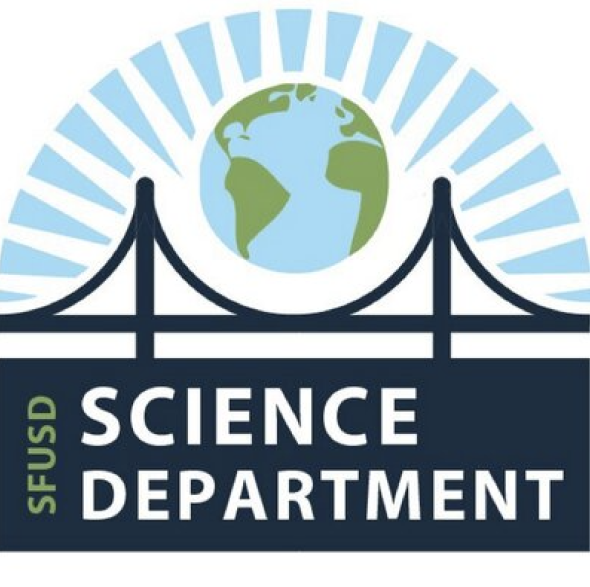
Overview
Second-grade students engage in four 45-minute science lessons each week. They begin with the four-lesson launch unit to develop their science identities and foundational skills. Students continue to build their science identities and content knowledge through three phenomena-based units.
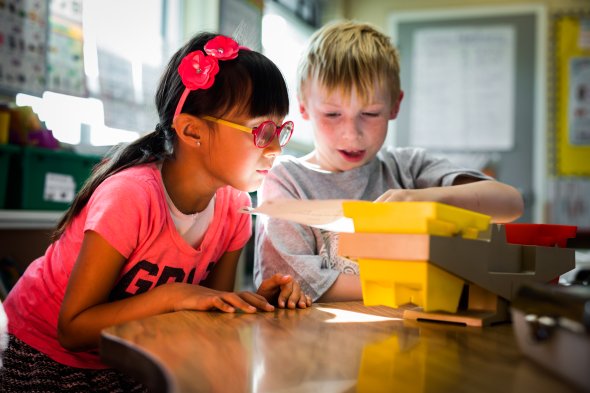
Each unit is 22 lessons that follow a single storyline. In science lessons, students do, talk, read, and write about science. Teachers emphasize using science to model a sense of awe and wonder about the natural and designed world; and to guide students to ask questions, design simple investigations, and to use their observations, data, and text-evidence to figure out the phenomenon.
Priority Standards Link to this section
What students will know, what students will do, and what thinking skills students will develop to apply and transfer scientific understandings that endure within the discipline, leverage deeper understandings, and/or support readiness for success at the next grade level. These are the standards that should anchor and drive instruction.
In second grade, focus on these critical areas:
Sciences & Engineering Practices
SEPs are behaviors scientists and engineers engage in to figure out and deepen their understanding of content. Second-grade students predominantly practice:
- Asking questions based on observations about the natural or designed world(s)
- Developing and using models to make sense of science concepts
- Planning and carrying out investigations with guidance and peer collaboration
- Analyzing and interpreting data to describe patterns
- Designing solutions to solve specific engineering problems
Disciplinary Core Ideas
DCIs are the fundamental scientific ideas in the four domains: Life, Physical, Earth & Space Science, and Engineering.
(Continue to view the disciplinary core ideas students figure out through the four second-grade science units.)
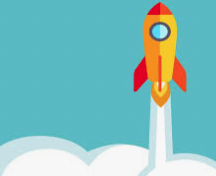
What makes me a scientist?
Scientists ask and investigate their questions. They keep track of their observations and thinking through drawing and writing in science notebooks.
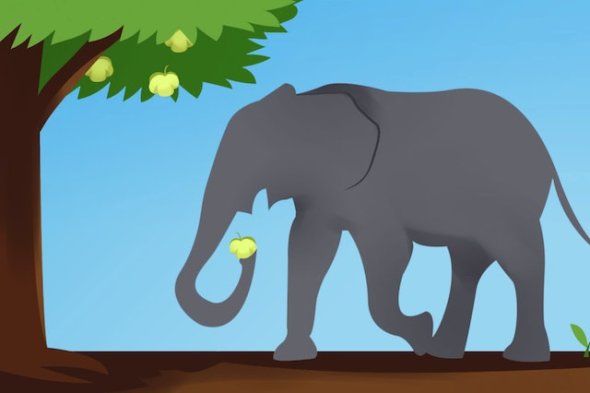
Life Science: Plant and Animal Relationships (PAR)
Plants depend on water and light to grow and animals for seed dispersal and pollination.
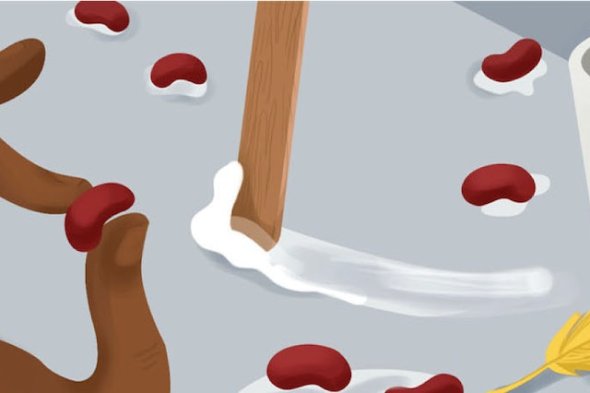
Physical Science: Properties of Materials (POM)
Solid and liquid matter can be observed and classified by their properties. When matter is mixed together, some mixtures take on the properties of their ingredients. The properties may change when the mixture is heated or cooled.
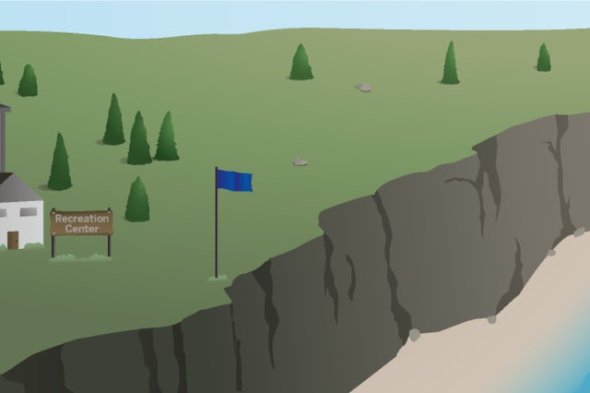
Earth Science: Changing Landforms (CL)
Wind and water can change the shape of the land by eroding sand and rock over long time spans.
Crosscutting Concepts
CCCs are thinking tools that help students connect the ideas they are learning to ideas used across all domains of science. Questions that guide second graders to think across domains include:
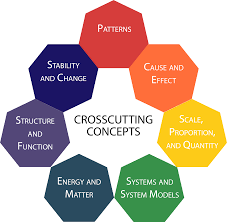
- Systems and System Models: How can seeds get to new places in their habitats? (Plant and Animal Relationships)
- Cause and Effect: What happens to wax crayons when you heat them? (Properties of Matter)
- Scale, Proportion, and Quantity: How does rubbing the pumice together help us visualize how a cliff erodes? (Changing Landforms)
Instruction: Signature Elements Link to this section
Below are signature elements of SFUSD Science instruction that students should experience regularly throughout second grade as they develop as scientists.
Approach to Learning in Every Amplify Unit
- Engage in a Real World Problem
- Collect Evidence from multiple sources (through doing, talking, reading, writing, and visualizing)
- Construct Increasingly Complex Explanations
- Apply Knowledge to Solve a Different Problem
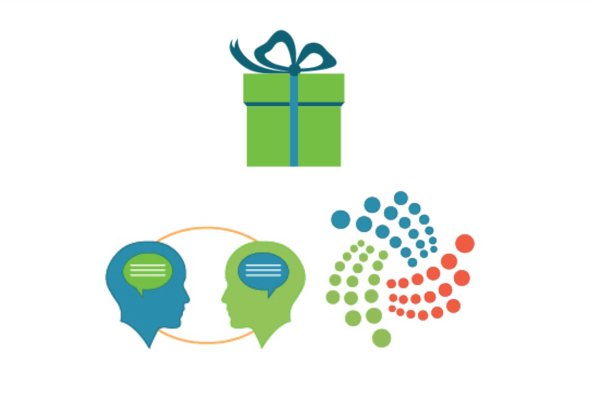
Science Norms
- Mistakes help us grow
- We talk to each other about science
- We can show science and engineering ideas in different ways
Science Notebooks
Science notebooks are a valuable thinking tool. They allow students to construct their understanding over time through drawing and writing, share their thinking with others, and develop language skills. They act as a storehouse for student observations, questions, and ideas throughout the year!
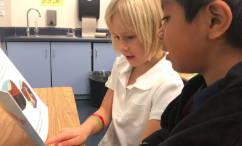
Collaboration
As scientists and engineers, second-grade students work with others while doing science. They carry out investigations, read and talk about science in pairs so that they can construct knowledge and develop language collaboratively.
Materials
Below are items you should have to support your students' science instruction. If you are missing anything from the list, please first contact your site administrator or Science Lead. If they are unable to resolve the issue promptly, please contact Renee Marcy from the SFUSD Science Team.
Every second grade classroom has 3 science units that have kits of materials. Each kit has: (1) a set of consumable items for student use that will be all used up during the unit. The consumable materials are replaced yearly through a spring ‘Refill Pack’ order process; and (2) a set of permanent items that are the kit's contents that remain with the kit and are only replaced if they are missing or broken. In addition, every classroom teacher has additional essential teaching materials through the Amplify digital platform. The Amplify digital platform can be accessed from the SFUSD Science Portal.
Below are the curricular units and materials in each classroom with the recommended sequence.
|
|
||
|
|
|
|
The Second Grade Science Core Curriculum consists of 3 resources
|
|
|
|
|
|
|
|
|
Units
The opening science unit, Launch Unit 0, is five short lessons that support students to begin to build science identities and to use a science notebook. The three subsequent science units are intended to engage second graders in 45 minutes of science instruction four times a week. Each unit has 22 lessons that follow a single storyline. (Sometimes a lesson may take place over a few days.) Students build on their science identities and expand content knowledge in the life science, physical science, and Earth & space science units. Click on the videos below for a six-minute unit overview, or access the unit resources and documents in the unit links column.
Additional science unit material and resources are available on the SFUSD Science Portal.
| Unit | Description | Video |
|---|---|---|
|
What Makes Me a Scientist? |
The opening science unit, Launch Unit 0, is five short lessons that support students to begin to build science identities and a science community, and to use a science notebook. | |
|
Plant and Animal Relationships |
Students take on the role of plant scientists reporting to the lead scientist at the Bengal Tiger Reserve in India. The scientists have asked students to help explain why no new chalta trees are growing there. Students learn what plants need to grow and how plants depend on animals for seed dispersal and pollination, and compare the diversity of life in different habitats. | |
|
Properties of Materials |
Students take on the role of glue engineers to create a glue for their school. They learn the observable properties of materials through testing, classifying, and analyzing the ingredients that make the best glue. | |
|
Changing Landforms |
Students take on the role of geologists to help the Oceanside Recreation Center Director understand what is happening to the recreation center’s cliff, and decide whether the center needs to be closed immediately. Students learn how wind and water can change the shape of the land and compare ways to slow or prevent such change. |
Planning Guide
The Science Team suggests trying to stay as close to this schedule and teaching science 4 days a week for 45 minutes. Alternate every 5.5 to 6 weeks with social studies units for that 45-minute block. You’ll see that the schedule below allows a little room to adjust at the start of the school to classroom routines
| Fall | Winter | Spring | |
|---|---|---|---|
|
What Makes Me a Scientist? |
Life Science (LS): Plant and Animal Relationships |
Physical Science (PS): Properties of Materials |
Earth Science (ES): Changing Landforms |
|
(4 lessons) |
(21 lessons) |
(22 lessons) |
(22 lessons) |
Reflection Questions Link to this section
- How are students' developmental needs, communities, and experiences being reflected and honored, or how could they be?
- What opportunities do you see for developing equitable access & demand, inquiry, collaboration, and assessment for learning?
- What are the implications for your own practice? What strengths can you build upon? What will you do first?
Want More?
Standards
More Resources
- Check out the many resources for each of the Second Grade Science Units on the SFUSD Science Portal!
Contact the Science Team
- Anastasia Pickens - Elementary Science Content Specialist
- Claudia Scharff - Elementary Science Content Specialist
- Dr. Renée Marcy - Supervisor for Science; phone: (415) 298-8201
This page was last updated on May 17, 2023

